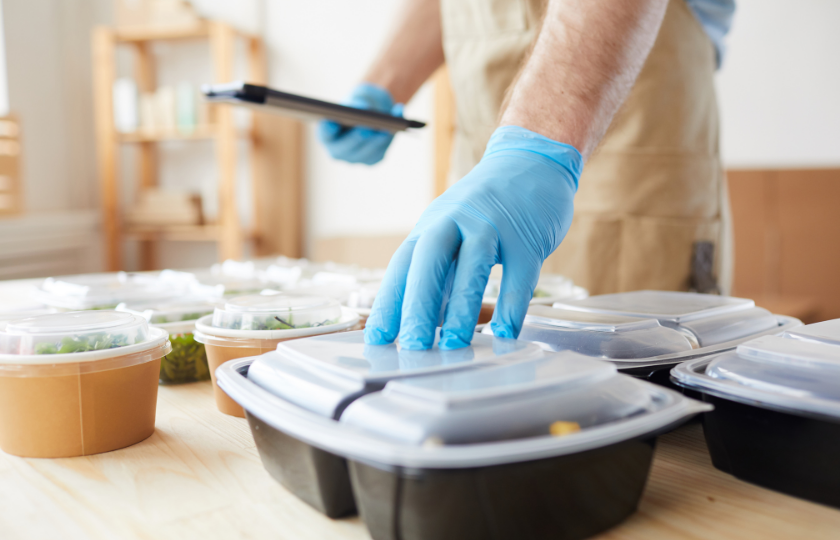Consumers are generating more than 10 kilograms of plastic waste in food deliveries every year, reports Koreabizwire
For the past few years, several mobile applications saw a boost in engagement as more consumers spent time using their devices during lockdowns and even beyond. One of the fastest-growing sectors was food deliveries, which offered consumers safe, socially-distanced, and convenient services.
The pandemic and subsequent lockdowns caused food establishments to close down either limit capacity or thrive by offering their menu via mobile food delivery apps. Unfortunately, along with the convenience comes waste.
A consumer watchdog, Korea Consumer Agency, studied the plastic containers used for 10 kinds of food ordered from three different food deliveries, which showed an average of 18.3 plastic packages, weighing approximately 147.7 grams, are used for each delivery.
The plastic packaging includes containers used for the plastic bags, the main course, the side dishes, covers, plastic wraps, and sauce containers.
The agency based its calculations on data provided by local pollster Open Survey last May, estimating that an average of 2.8 food deliveries each week amounts to nearly 1341 plastic items per person each year, generating 10.8 kilograms of plastic waste.
According to the US National Academies of Sciences, Engineering, and Medicine, this number accounts for 12.2 per cent of each individual’s yearly plastic consumption of 88kg. With unrecyclable plastic such as polystyrene (styrofoam) and cling wraps, only 45.5 per cent of plastic packaging in food deliveries are recyclable.
The rise of food delivery services puts a heavy burden on the planet. Increased emissions from vehicles, excess food waste, and unsustainable packaging are just some of the challenges this industry poses.
While one can hope that the food delivery industry creates viable and more sustainable options for the consumer, there are ways that we can make greener choices without having to wait for the businesses to take action. Some ways include looking for locally sourced options, choosing restaurants that use sustainable packaging, or opting out from single-use plastics.



